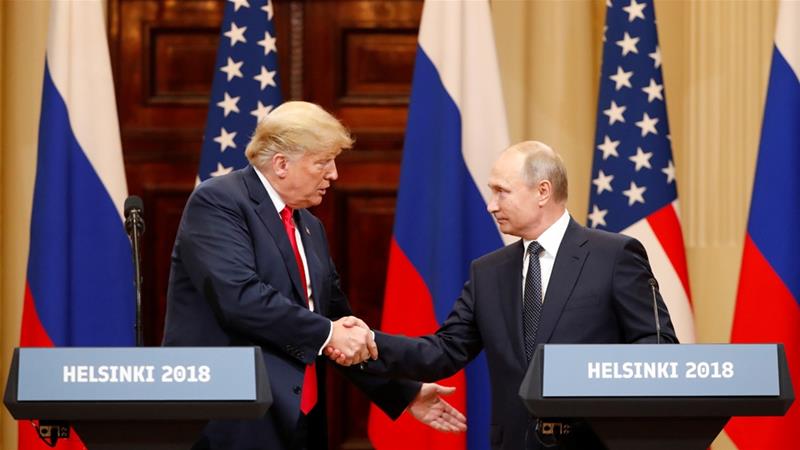After INF treaty exit, US tests ground-launched cruise missile
The test would have been prohibited by the INF treaty, had the United States had not left it earlier this month.
The Pentagon said on Monday that it had tested a conventionally configured ground-launched cruise missile with a range of more than 500 km (310 miles), the first such test since the United States pulled out of the Intermediate-range Nuclear Forces Treaty (INF).
The Trump administration formally withdrew the US from the landmark 1987 pact with Russia on August 2 after determining that Moscow was violating the treaty, an accusation the Kremlin has denied.
The treaty, which was negotiated by then-US President Ronald Reagan and Soviet leader Mikhail Gorbachev, banned land-based missiles with a range of between 500 and 5,500km (310 to 3,400 miles).
In a statement, the Pentagon said the test took place on Sunday at San Nicolas Island, California, and the missile hit its target after more than 500km of flight.
“Data collected and lessons learned from this test will inform the Department of Defense’s development of future intermediate-range capabilities,” the Pentagon said.
The test would have been prohibited by the INF treaty, had the US had not left it.
US officials had said for a number of months that they planned to carry out the test in August. The US plans to test an intermediate-range ballistic missile in November.
Moscow denies flouting the accord and has accused Washington of breaking the pact itself, allegations rejected by the US.
The dispute is aggravating the worst US-Russia friction since the Cold War ended in 1991. Some experts believe the treaty’s collapse could undermine other arms control agreements and accelerate an erosion of the global system designed to block the spread of nuclear arms.
Inside Story
Will US exit from the INF Treaty increase risk of war?
Source: Read Full Article




